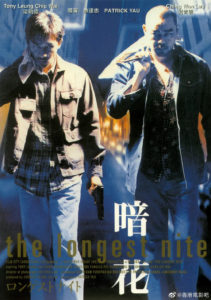
“The Longest Nite” Theatrical Poster
AKA: The Longest Night
Director: Patrick Yau Tat-Chi
Cast: Tony Leung Chiu-Wai, Lau Ching-Wan, Maggie Siu Mei-Kei, Lung Fong, Mark Cheng
Running Time: 84 min.
By Joe909
I’ve read several articles and interviews where HK actors who have come to Hollywood say that they look forward to working over here, because they’ll be able to do more complex movies. Each of them have said that HK audiences are sometimes not as intelligent as those in the US, and so in HK, movies must be simple and action-packed, whereas in Hollywood (or so these actors, Michelle Yeoh chief among them, claim), films can be a little more complicated. But in all honesty I have no idea what these people are talking about, because normally HK movies are the most complicated, obfuscated films around. The Longest Nite is no exception.
Two bosses with nearly-identical names are about to end a long war, under the order of an older boss, higher up in the chain. But rumor has it that one of these bosses plans to murder the other, regardless, and Tony Leung, bad cop and employee of one of the bosses, must keep this murder from happening. Sounds simple, but the way in which the film unfolds is anything but. Lau Ching-Wan shows up as a tough-looking bald bastard, but he’s sadly underused throughout the film. Instead we mostly see Tony Leung, driving around while Giorgio Moroder-style synths boom on the soundtrack, beating up and torturing whoever he comes across in order to figure out what’s going on.
So, once you let go of trying to follow the story, you can enjoy the scenes of graphic violence. Such as people getting beheaded, getting their fingernails sliced out, or (best yet) getting run over by cars. Tony Leung is savage in this movie, and throughout its first half you hate him. But then suddenly he discovers that he’s being set up, and as he tries to escape the pit he’s been thrown into, we find that we’re actually on his side now, and want to see him get away. A character arc is one of the most powerful tools in storytelling, and it works nicely in the Longest Nite.
Two things that distract from the movie: one, that the warehouse in which Lau Ching Wan and Tony Leung have their final confrontation just happens to be littered with large mirrors, each of them arranged in rows, a la “Enter the Dragon.” And two, it’s never quite satisfactorily revealed why Tony Leung has been tabbed as the fall guy, other than a limp remark that he always thought the main boss was worthless, or something to that effect.
Overall, a very dark film ? it’s “Hong Kong noir” to the max ? and, mostly, a good film, but not the best thing I’ve seen from Milkway. That would still be “A Hero Never Dies.”
Joe909’s Rating: 7/10
By Alexander
I’m not going to pretend, even for a second, that I understood what was going on in the twisted, excessively violent “Longest Nite”. There MIGHT be something in this film resembling a story sandwiched between gratuitous scenes of torture, vomiting, and beheadings but I’m not about to endure the torment of deciphering yet another convoluted, unnecessarily confusing plot featuring a myriad of characters with similar sounding names. Instead, I ignored (as you should) most of the irrelevant dialogue and meaningless subplots and focused entirely on how cool Lau Ching Wan looks as the silent drifter/killer-type and the unexpected brutality of Tony Leung’s corrupt cop.
Lau Ching Wan is the true star of this film despite speaking only a few minutes worth of dialogue. (But as all HK cinema fans know, dialogue [re: inane banter] is often an annoyance serving only to punctuate, comma-like, scenes of violence and mayhem.) In “Longest Nite”, Lau Ching Wan personifies cool much like his forebears Chow Yun Fat (“The Killer”); Michael Madsen (“Reservoir Dogs”); and Bruce Willis (“Last Man Standing”). All are strong, conflicted silent types with hip, timeless wardrobes. Lau is gangsta bald (MENACING!); retro-garbed from head to toe in denim (CASUAL!); totes around a worn Addidas bag as an accessory (SPORTY!) and has a creepy tattoo crawling up the back of his head (so THUG-like!). All the aforementioned add up to a whole lot of C-O-O-L.
Tony Leung is also brilliant as a sadistic policeman who relishes pounding the hell out of hoodlum’s hands with bottles of ketchup and other condiments. When he’s not smashing fingers with blunt objects he’s using other vicious means (think screwdriver) to extract respect from his victims. Leung effectively alternates between Torturer Cop, Corrupt Cop, Deranged Cop and ultimately Desperate, Greedy, Fleeing Cop. His less than savory role as sadist is a refreshing change of pace from his gentler roles as romantic hero.
Of course, with most HK films, there are a bevy of Things That Cannot Be Explained. For example, a woman projectile vomits on a triad boss and gets punched in the nose repeatedly (and realistically) for no apparent reason. There is also a scene where Tony Leung appears with a shaved head in attempt to emulate Lau Ching Wan just minutes, no SECONDS, after a violent shoot-out and a FULL HEAD OF HAIR!
However, despite the mess of a plot, a near mute Lau Ching Wan, and a host of Things That Cannot Be Explained, “Longest Nite” is highly recommended.
NOTE: Don’t miss the outtakes on the DVD version of “Longest Nite”. There are a couple of humorous bungled takes including Lau Ching Wan repeatedly slamming his face into a windshield; Tony Leung repeatedly missing his cue during the rolling head scene; and the vomiting female…well…repeatedly vomiting which is notable not because of the gallons of faux vomit, but for the priceless looks on her face during each mangled attempt to spew the lumpy matter on her co-stars.
Alexander’s Rating: 8/10
By Numskull
Those who revel in the grit of hard-assed HK cinema, especially the crime/cops & robbers genre, will most likely enjoy this harrowing tale of greed and corruption. Those who don’t will probably dismiss it as worthless, needlessly violent trash. Hey, their loss.
Tony Leung stars as Sam, one of the most crooked big screen cops since Harvey Keitel in Bad Lieutenant. He doesn’t wave his penis around, but he does beat up and torture people rather casually, and he seems to be on more than one payroll. The Longest Nite has a convoluted plot by HK standards, and the fact that the three string-pulling masterminds, Mr. K, Mr. Lung, and Mr. Hung (why the hell did they have to have two of the names be so similar?) almost never appear onscreen doesn’t help matters. Mysterious goings-on and pieces of background history are spoken of fleetingly in the dialogue, and then get promptly forgotten or tucked away somewhere, only to come back and haunt us later on. It’s almost as if The Longest Nite is the reedited latter two-thirds of a longer movie.
Lau Ching Wan co-stars as Tony, a shady drifter with a stupid-looking tattoo on the back of his shaven head. Normally, LCW is a considerably skilled actor, but this particular role isn’t a very good showcase for his talents. He doesn’t do much besides repeat himself and walk around with an “I know something you don’t” look on his face. He pulls it off fine (the role, not the face), but I remain to be convinced that any number of other actors couldn’t have done it just as well.
Certain aspects of the film, such as the flinch-inducing “fingernail” scene, really hammer home the fact that the world in which it all takes place is an infernal cesspool and the people you find there easily thrive in such an environment. I would say that that makes this movie admirably realistic, but, alas, there are stupid plot twists and unbelievable coincidences sprinkled throughout its duration that seriously harm its credibility, such as Tony’s bag not getting snatched up off the ground while he’s away, a kitchen fire spreading WAY too quickly, and a car trunk popping neatly open when it gets rammed by another vehicle. There’s one major event even more absurd than any of these near the tail-end of the film, but I shouldn’t give it away. Believe me, you’ll know it when you see it.
Look past its faults, and you’ll find a fairly worthy story here. But don’t use this movie to introduce someone to Hong Kong cinema; there’s just enough wrong with it to turn somebody off to the whole shebang.
Numskull’s Rating: 7/10
By Vic Nguyen
Among the best films of 1998, Patrick Yau’s The Longest Nite is one of the bleakest, and one of the best crime films I’ve seen in a long time. The plot is a rich tapestry of betrayal, mystery, and deceit, all handled to perfection by two of Hong Kong’s most accomplished veterans, Tony Leung Chiu-wai and Lau Ching-wan (who sports a shaved head). These men give rich, multidimensional performances, and generate so much chemistry on screen together that it is an exhilirating experience on it’s own. Although highly convulated, and sometimes illogical, the film keeps you glued during it’s short 85 minute duration. My only real gripe is the obligatory action sequence, which is interesting enough, but brings the film’s realism and intrigue to a screeching halt. Yet despite this, I wholeheartedly recommend The Longest Nite, a refreshing new masterpiece that is another winner for the Milky Way Image company. (Note- all VHS and VCD copies sport small, nearly unreadable subtitles that is especially evident during Tony Leung and Lau Ching-wan’s tense prison scene (which is filled with bright, glistening lights, making the subs disappear). If you really want to enjoy this great film, I’d suggest you view the DVD, which have large, remastered subs, while retaining the original widescreen scope.)
Vic Nguyen’s Rating: 9.5/10

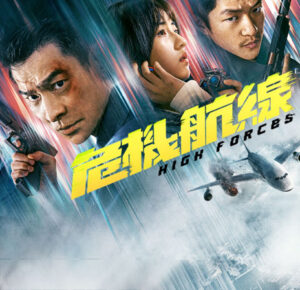
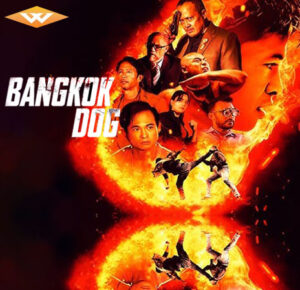
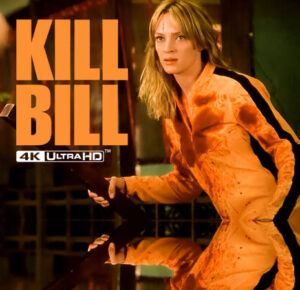
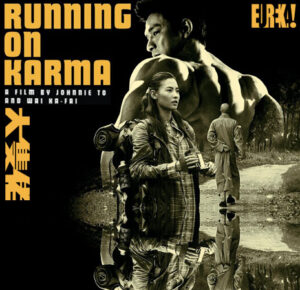

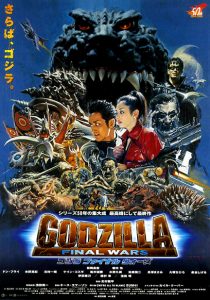
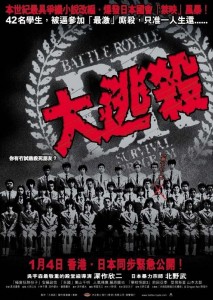
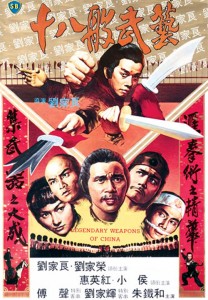
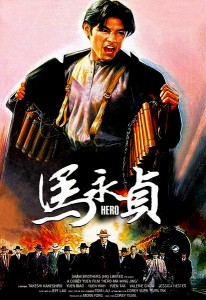
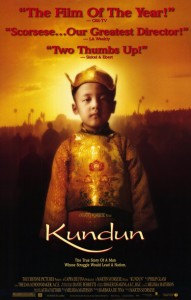
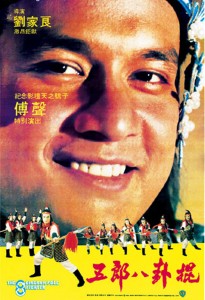
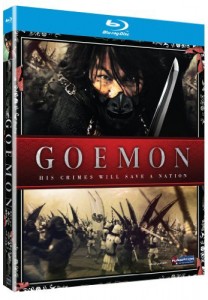
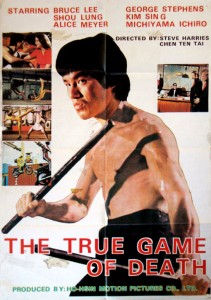
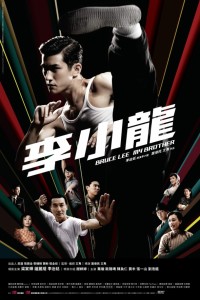
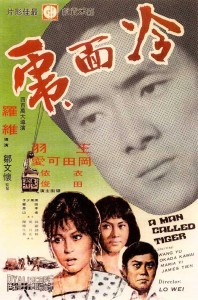
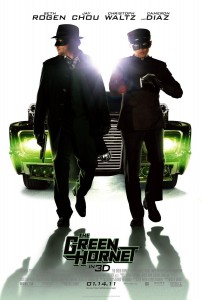
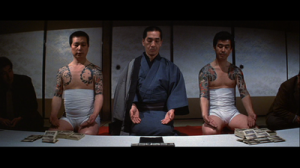
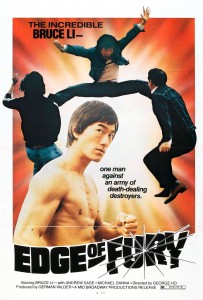





Be the 1st to Comment